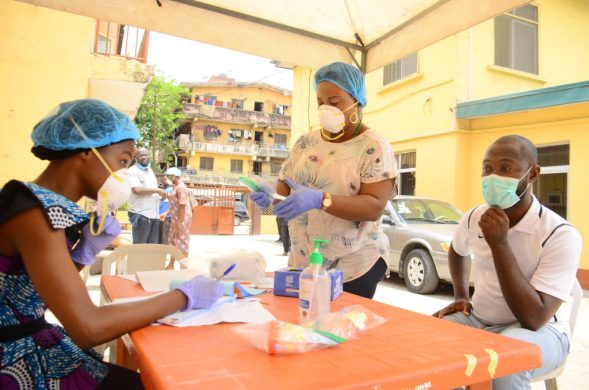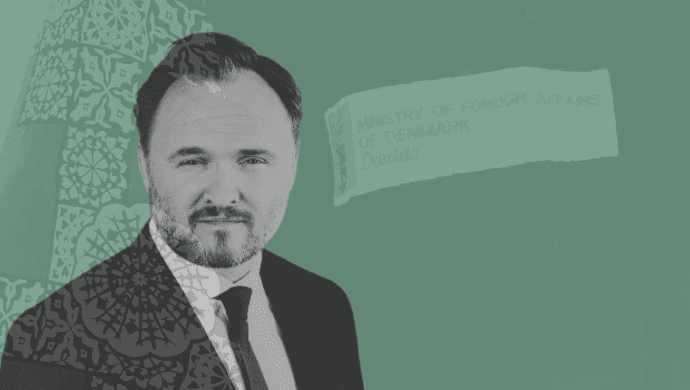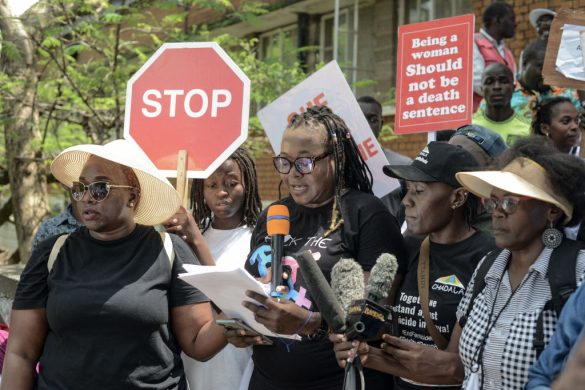Vi har længe talt om skrøbelige stater. Nu skal vi også til at tale om skrøbelige byer. I takt med den tiltagende urbanisering bliver det mere og mere nødvendigt at være klar til at håndtere menneske- og naturskabte katastrofer i storbyer.
BANGKOK, 10 January 2013 (IRIN): Electrical engineers and hazardous waste experts join emergency rosters (tjenestelister). Power mapping becomes as important as hazard mapping in emergency prevention and response. #fragilecities shows up as often as #fragilestates in Twitter searches. Humanitarian science fiction? No, welcome to what demographers call the new urban millennium and the challenges, as well as changes, aid groups face responding to emergencies in urban areas.
“People are using the same recipe from a rural camp situation in cities. Aid tools and strategies have been cut and paste. This does not work,” said the director of the France-based research, training and evaluation NGO, Urgence, Réhabilitation et Développement (URD), François Grünewald, who has researched urban risks and responses for more than a decade.
It is not enough to ask “Did we do it right?” by meeting basic humanitarian aid standards known as SPHERE, but also, “Did we do the right thing?” said Grünewald.
More often than not, the answer has been no, he concluded.
IRIN analysed evaluations to highlight some lessons emerging from recent urban disasters. What follows are challenges and recommendations reported by groups from Manila to Mogadishu; insights from experts consulted over the past year; and an “urban” aid toolbox organizations have begun assembling but which they admit is far from complete.
Experts generally agree: Humanitarians are still ill-prepared for urban emergencies, whether it be civil conflict in Syria or a “complex” disaster like Japan’s 2011 earthquake followed by a tsunami, resulting in fires, chemical spills and nuclear power accidents.
Overview
Some 3.3 billion people live in urban areas, with one billion of them in slums, a number that is growing by 25 million annually, according to the UN Human Settlements Programme (UN-HABITAT). Such growth threatens to “become the tipping point for humanitarian crises,” noted the journal, Forced Migration Review (FMR) in February 2010, which went to press soon after Haiti’s capital was hit by a 7.0-magnitude earthquake that killed more than 220,000 people, injured more than 300,000 and has left some 360,000 others still displaced almost three years later.
“Urban DRR [disaster risk reduction] and preparedness, mitigation, response and reconstruction will come to dominate humanitarian policies and programmes in the coming decades,” noted the review.
The lessons and mea culpas from the aid response in Haiti are still piling up: Not consulting local groups; no exit strategy; importing foreign vehicles and goods without checking locally; coordination between the military and humanitarians based on personality rather than protocol; focusing on transitional, rather than permanent, shelters.
Agencies need to learn the “new rules of the game” of urban disaster response, as the UK-based Disasters Emergency Committee (DEC), an umbrella group of some 15 humanitarian aid groups, wrote in 2011 in its compilation of lessons from Haiti.
But what exactly are those rules? What sets apart acute vulnerabilities from chronic poverty? How do you rebuild communities when there is scarce land? What are humanitarians’ responsibilities to host communities and the urban poor? And just when is a humanitarian’s job done in a chronic emergency?
Urban interventions present humanitarians with similar challenges to other chronic emergencies (Kenya, Democratic Republic of Congo, the Sahel ) not tied to a specific geographic area that often lacked clear “triggers” of engagement.
Lessons aid workers have compiled from urban disasters – including Philippines’ 2009 Typhoon Ketsana, Haiti’s 2010 earthquake, and Japan’s 2011 twin disasters – still leave a “huge gap”, said George Deikun, director of UN-HABITAT’s Humanitarian Affairs Office in Geneva and one of the authors in FMR’s February 2010 special urban issue.
“There is a lot of literature, but… it doesn’t bring together the critical and necessary elements in the whole cycle of humanitarian assistance to development,” he told IRIN recently. Humanitarians’ work typically has had a “shelf life [intervention period] of 90 days while governments in urban areas are looking to leverage assistance to move on beyond saving lives to re-establishing sustainable communities.”
Urban risks
Læs hele artiklen: http://www.irinnews.org/In-Depth/97199/102/
Artiklen er en del af en større raport fra IRIN News, Aid in an urbanising world: http://www.irinnews.org/In-Depth/97041/102/Aid-in-an-urbanizing-world















